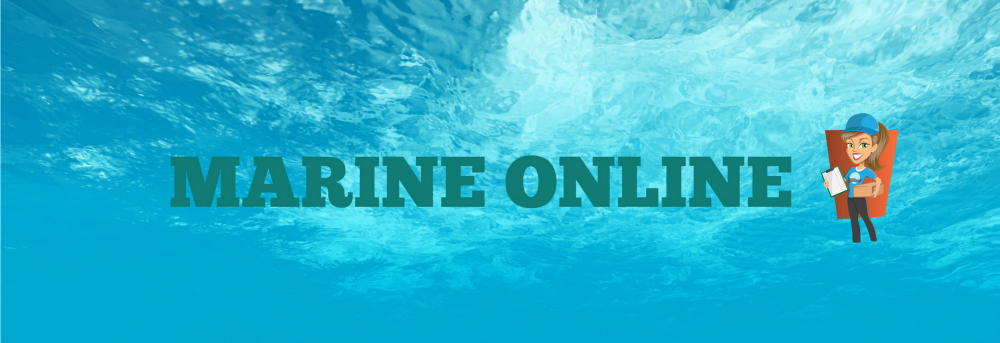Tuesday 30 January 2018
Monday 29 January 2018
Sunday 28 January 2018
Friday 26 January 2018
Friday 19 January 2018
Thursday 18 January 2018
Wednesday 17 January 2018
Tuesday 16 January 2018
LNG STS Operation Time Lapse
An LNG carrier is a tank ship designed for transporting liquefied natural gas (LNG). As the LNG market grows rapidly, the fleet of LNG carriers continues to experience tremendous growth.
A typical LNG carrier has four to six tanks located along the center-line of the vessel. Surrounding the tanks is a combination of ballast tanks, cofferdams and voids; in effect, this gives the vessel a double-hull type design.
Inside each tank there are typically three submerged pumps. There are two main cargo pumps which are used in cargo discharge operations and a much smaller pump which is referred to as the spray pump. The spray pump is used for either pumping out liquid LNG to be used as fuel (via a vaporizer), or for cooling down cargo tanks. It can also be used for "stripping" out the last of the cargo in discharge operations. All of these pumps are contained within what is known as the pump tower which hangs from the top of the tank and runs the entire depth of the tank. The pump tower also contains the tank gauging system and the tank filling line, all of which are located near the bottom of the tank.
In membrane-type vessels there is also an empty pipe with a spring-loaded foot valve that can be opened by weight or pressure. This is the emergency pump tower. In the event both main cargo pumps fail the top can be removed from this pipe and an emergency cargo pump lowered down to the bottom of the pipe. The top is replaced on the column and then the pump is allowed to push down on the foot valve and open it. The cargo can then be pumped out.
All cargo pumps discharge into a common pipe which runs along the deck of the vessel; it branches off to either side of the vessel to the cargo manifolds, which are used for loading or discharging.
All cargo tank vapour spaces are linked via a vapour header which runs parallel to the cargo header. This also has connections to the sides of the ship next to the loading and discharging manifolds.
Monday 15 January 2018
Sunday 14 January 2018
Saturday 13 January 2018
Ship Piracy at Sea
Piracy is an act of robbery or criminal violence by ship or boat-borne attackers upon another ship or a coastal area, typically with the goal of stealing cargo and other valuable items or properties. Those who engage in acts of piracy are called pirates. The earliest documented instances of piracy were in the 14th century BC, when the Sea Peoples, a group of ocean raiders, attacked the ships of the Aegean and Mediterranean civilizations. Narrow channels which funnel shipping into predictable routes have long created opportunities for piracy, as well as for privateering and commerce raiding. Historic examples include the waters of Gibraltar, the Strait of Malacca, Madagascar, the Gulf of Aden, and the English Channel, whose geographic structures facilitated pirate attacks. A land-based parallel is the ambushing of travelers by bandits and brigands in highways and mountain passes.Privateering uses similar methods to piracy, but the captain acts under orders of the state authorizing the capture of merchant ships belonging to an enemy nation, making it a legitimate form of war-like activity by non-state actors.
Friday 12 January 2018
Thursday 11 January 2018
Ship Security Measures and Ship Security Levels
After successfully completing this video lesson, you will know
what security measures to take at the different Security levels.
Wednesday 10 January 2018
Training and Drills Required by the Ship Security Plan
After successfully completing this video lesson, you will be
familiar with the Training and drills required by the Ship Security Plan.
Tuesday 9 January 2018
What are the Duties of Ship, Company, and Port Officer
After successfully completing this video lesson, you will be
familiar with the duties of:
·
Company Security Officer Responsibilities(CSO)
·
Ship Security Officer Responsibilities(SSO)
·
Port
Facility Security Officer Responsibilities(PFSO)
Monday 8 January 2018
Ship Security Plans
After successfully completing this video lesson, you will be
familiar with Ship Security Plans.
Sunday 7 January 2018
Saturday 6 January 2018
Friday 5 January 2018
Thursday 4 January 2018
ISPS Code Regulations
After successfully completing this video lesson, you will be
familiar with ISPS Code Ch 11-2, and associated Regulations.
Wednesday 3 January 2018
Tuesday 2 January 2018
Exhaust System
The main purpose of this section is to give all operation personnel a basic understanding of :
• The engine most essential functions.
• How Exhaust System Work.
To ensure that all operating personnel are able to:
• Locate, recognize and identify all essential components within the systems,
• Execute the daily weekly and monthly inspections and maintenance routines.
Monday 1 January 2018
Engine Air Starting System
The main purpose of this section is to give all operation personnel a basic understanding of :
• The engine most essential functions.
• How the Engine Air Starting System Work.
To ensure that all operating personnel are able to:
• Locate, recognize and identify all essential components within the systems,
• Execute the daily weekly and monthly inspections and maintenance routines.
Control Air System
The main purpose of this section is to give all operation personnel a basic understanding of :
• The engine most essential functions.
• How the Control Air System Work.
To ensure that all operating personnel are able to:
• Locate, recognize and identify all essential components within the systems,
• Execute the daily weekly and monthly inspections and maintenance routines.
Subscribe to:
Posts (Atom)
